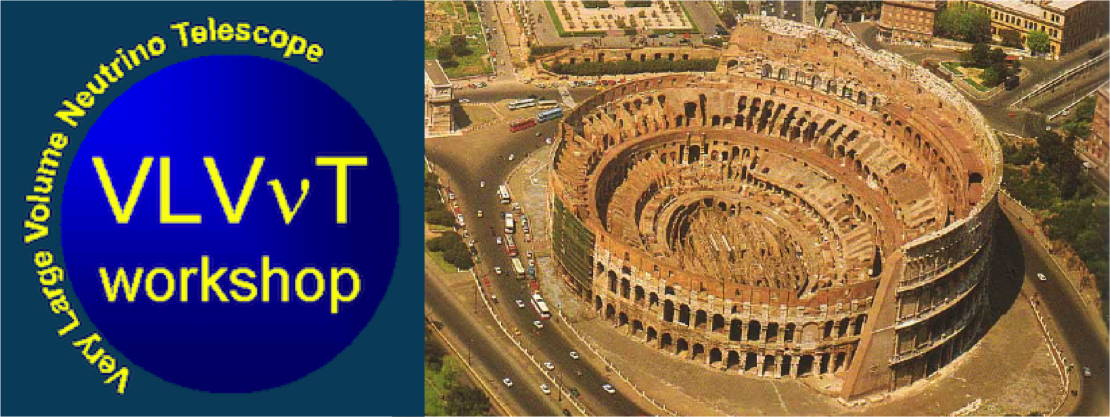Speaker
Damien DORNIC
(CPPM)
Description
ANTARES is currently the largest neutrino telescope operating in the Northern Hemisphere, aiming at the detection of high-energy neutrinos from astrophysical sources. Such observations would provide important clues about the processes at work in those sources, and possibly help solve the puzzle of very high-energy cosmic rays. By design, neutrino telescopes constantly monitor at least one complete hemisphere of the sky and are thus well set to detect neutrinos produced in transient astrophysical sources. The flux of high-energy neutrinos from transient sources is expected to be lower than the one expected from steady sources, but the background originating from interactions of charged cosmic rays in the Earth’s atmosphere can be drastically reduced by requiring a directional and temporal coincidence of the astrophysical phenomenon detected by a satellite. Time-dependent point-source searches have been applied to a list of gamma-ray bursts, blazars and x-ray binaries outbursts detected by satellites such as Fermi or Swift using five years of ANTARES data (2008-2012).
Primary author
Damien DORNIC
(CPPM)




